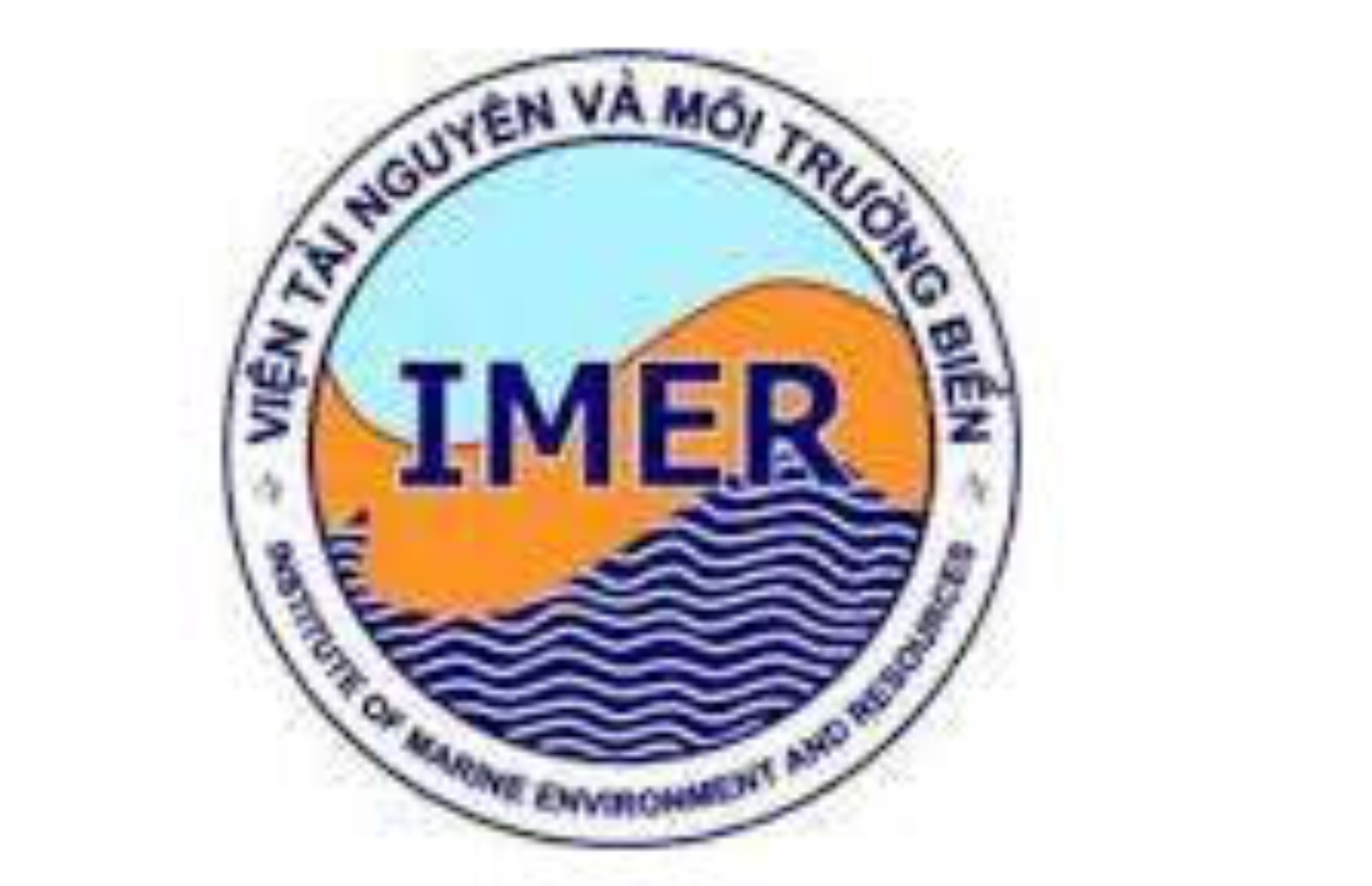APPLICATION OF IMMUNOAFFINITY CHROMATOGRAPHY FOR PURIFICATION OF ANTIBODY AGAINST DOMOIC ACID PRODUCED IN NEW ZEALAND WHITE RABBIT’S SERUM
Author affiliations
DOI:
https://doi.org/10.15625/1859-3097/17/1/9718Keywords:
Antibody, domoic acid, immunoaffinity chromatography, productivity, purification.Abstract
In order to develop an ELISA KIT for detection of domoic acid (DA) in seafood in Vietnam, DA antibody was produced by immunizing in New Zealand white rabbit using DA-DSS (disuccinimidyl suberate)-BSA (Bovine Serum Albumin) as an antigen. The DA antibody in rabbit’s serum was purified for its use as a material of ELISA KIT. In antibody/antigen purification process, immunoaffinity chromatography (IAC) is considered as the best method by both its specification and ability to enrich antibody. However, DA is a hapten, and it is impossible to apply a regular immunizing principal for making an IAC column with DA as a solid phase to catch DA antibody. This paper presents a trial using polymer sepharose EAH 4B resin (omega-aminohexyl) IAC bound with hapten DA as a solid phase for DA antibody purification from rabbit’s serum. Using DSS as a chemical linker; then, based on the reaction between a carboxyl group of DA and a carbodiimide group of the resin EAH 4B, we were successful to make the IAC column with DA-DSS as the solid phase. Recovery ratio of the made IAC column reached 91.5 ± 1.5% (n = 3) to capture the antibody against DA standard. DA antibody from white rabbit’s serum was eluted successfully using this column with 0.5 M NaCl; 0.1 M PBS and then, 0.1 M Ldy-HCl solutions (pH 2.7). The obtained antibody was qualified by Western Blot using a specific reaction with the 2nd specific antibody HRP-labeled anti-goat IgG and the confirmed result revealed that it can be used as ELISA KIT material.Downloads
Metrics
References
Ohfune, Y., and Tomita, M., 1982. Total synthesis of (-)-domoic acid. A revision of the original structure. Journal of the American Chemical Society, 104(12), 3511-3513. DOI: https://doi.org/10.1021/ja00376a048
Perl, T. M., Bédard, L., Kosatsky, T., Hockin, J. C., Todd, E. C., and Remis, R. S., 1990. An outbreak of toxic encephalopathy caused by eating mussels contaminated with domoic acid. New England Journal of Medicine, 322(25), 1775-1780. DOI: https://doi.org/10.1056/NEJM199006213222504
Sutherland, R. J., Hoesing, J. M., and Whishaw, I. Q., 1990. Domoic acid, an environmental toxin, produces hippocampal damage and severe memory impairment. Neuroscience letters, 120(2), 221-223. DOI: https://doi.org/10.1016/0304-3940(90)90043-9
IOC Taxonomic Reference List of Toxic Plankton Algae, 2016. http://www.bi.ku.dk/ioc
Kotaki, Y., Koike, K., Yoshida, M., Thuoc, C. V., Huyen, N. T. M., Hoi, N. C., Fukuyo, Y., and Kodama, M., 2000. Domoic acid production in Nitzschia sp. (Bacillariophyceae) isolated from a shrimp‐culture pond in So Son, Vietnam. Journal of Phycology, 36(6), 1057-1060. DOI: https://doi.org/10.1046/j.1529-8817.2000.99209.x
Hallegraeff, G., 1995. Harmful algal blooms: A global overview. Manual on Harmful Marine Microalgae, 1-22.
Takata, Y., Sato, S., Ha, D. V., Montojo, U. M., Lirdwitayaprasit, T., Kamolsiripichaiporn, S., Kotaki, Y., Fukuyo, Y., and Kodama, M., 2009. Occurrence of domoic acid in tropical bivalves. Fisheries Science, 75(2), 473-480. DOI: https://doi.org/10.1007/s12562-009-0073-5
Dao, H. V., Takata, Y., Omura, T., Sato, S., Fukuyo, Y., and Kodama, M., 2009. Seasonal variation of domoic acid in a bivalve Spondylus versicolor in association with that in plankton samples in Nha Phu Bay, Khanh Hoa, Vietnam. Fisheries Science, 75(2), 507-512. DOI: https://doi.org/10.1007/s12562-009-0057-5
Ha, D. V., Lim, P. T., Ky, P. X., Takata, Y., Teng, S. T., Omura, T., Fukuyo, Y., and Kodama, M., 2014. Diatom Pseudo-nitzschia cf. caciantha (Bacillariophyceae), the Most Likely Source of Domoic acid Contamination in the Thorny Oyster Spondylus versicolor Schreibers 1793 in Nha Phu bay, Khanh Hoa province, Vietnam. Asian Fisheries Science, 27, 16-29. DOI: https://doi.org/10.33997/j.afs.2014.27.1.002
Dao, H. V., Phan, V. B., Teng, S. T., Uchida, H., Leaw, C. P., Lim, P. T., Suzuki, T., and Ky, P. X., 2015. Pseudo-nitzschia fukuyoi (Bacillariophyceae), a domoic acid-producing species from Nha Phu Bay, Khanh Hoa Province, Vietnam. Fisheries Science, 81(3), 533-539. DOI: https://doi.org/10.1007/s12562-015-0864-9
Hage, D. S., Phillips, T. M., 2006. Chapter 6: Immunoaffinity chromatography. In: Hage, D. S. (ed.). Handbook of Affinity Chromatography. NY, USA: Taylor & Francis. Provides an indepth look at immunoaffinity chromatography, with an emphasis on method development, immunoextraction and sample analysis by immunoaffinity chromatography, 127-172. DOI: https://doi.org/10.1201/9780824751982.ch6
Moser, A. C., and Hage, D. S., 2010. Immunoaffinity chromatography: an introduction to applications and recent developments. Bioanalysis, 2(4), 769-790. DOI: https://doi.org/10.4155/bio.10.31
Gupta, M. N., and Roy, I., 2013. Affinity-Based Separation: An overview. In: Gupta, M. N., and Roy, I. (eds). Method for Affinity-Based Separations of Ezymes and Proteins. Springer, 1-15. DOI: https://doi.org/10.1007/978-3-0348-8127-2_1
Fahrner, R. L., and Blank, G. S., 2013. Perfusion affinity chromatography for rapid antibody separations. In: Gupta, M. N., and Roy, I. (eds). Methods for Affinity-Based Separations of Enzymes and Proteins, Springer, 29-64.
Hermanson, G. T., 2013. Bioconjugate Techniques. 3rd edition. Elsevier, pp. 1095.
Takata, Y., 2006. Nghiên cứu cơ chế tích lũy độc tố domoic acid trong sinh vật nhuyễn thể. Luận văn tiến sĩ, Đại học Kitasato, Japan. (tiếng Nhật).
Kodama, M., and Kotaki, Y., 2005. Domoic acid. Shokuhin Eisei Kensa Shishin (The Manual for the method of Food Sanitation Test), Tokyo, 666-673.
Valencia-Gonzalez, M. J., & Diaz-Garcia, M. E. (1996). Flow-through fluorescent immunosensing of IgG. Ciencia, 4, 29-40.
Đào Việt Hà, 2016. Thăm dò khả năng sản sinh kháng thể kháng độc tố vi tảo domoic acid của thỏ trắng New Zealand. Tạp chí Khoa học và Công nghệ biển, 16(2), 176-182. DOI: https://doi.org/10.15625/1859-3097/16/2/8419
Mönster, A., Hiller, O., Grüger, D., Blasczyk, R., and Kasper, C., 2011. Isolation and purification of blood group antigens using immuno-affinity chromatography on short monolithic columns. Journal of Chromatography A, 1218(5), 706-710. DOI: https://doi.org/10.1016/j.chroma.2010.12.009









